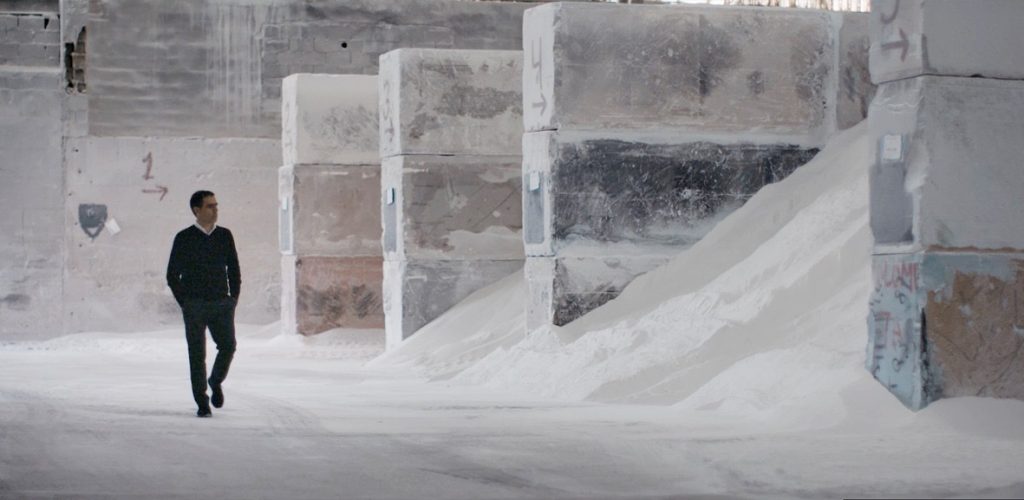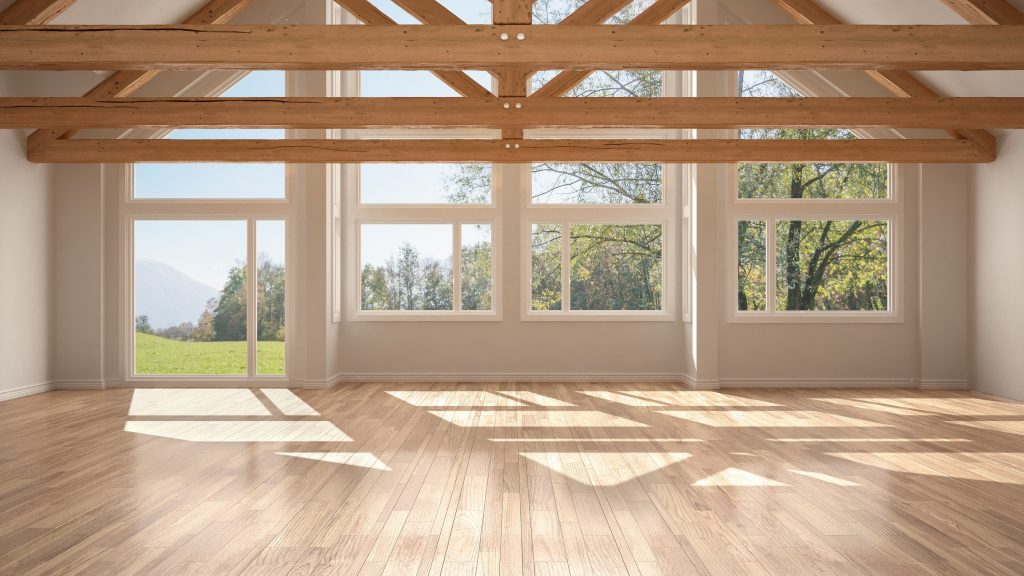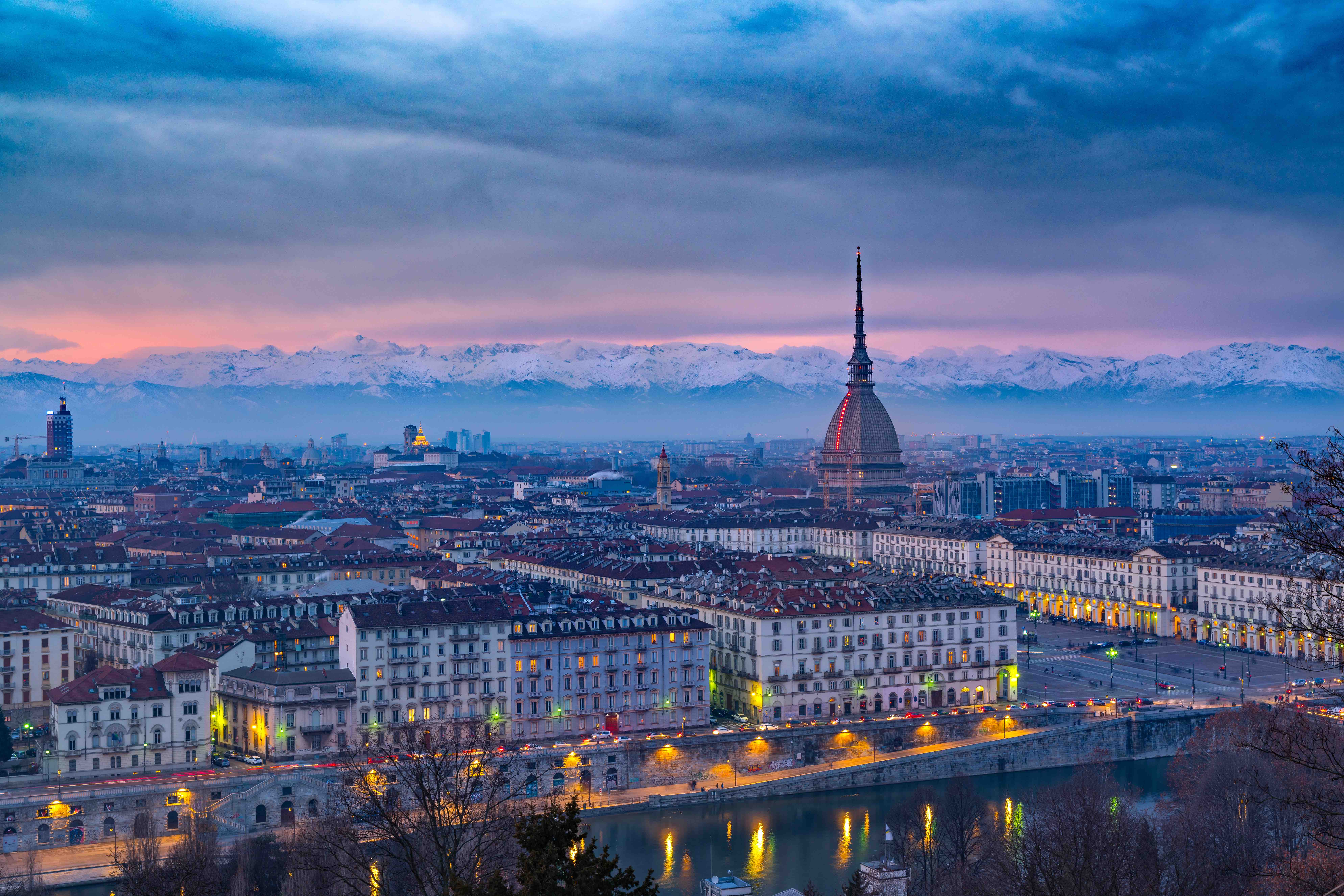The Venice Biennale been has postponed until May 2021, the opening of the architecture exhibition, How we live together?, curated by Hashim Sarkis and which was going to be held next August. The coronavirus, that has conditioned the world of culture, art, design, interior design and architecture so much since February, has also been able to obtain a reference appointment in the global calendar of events related to professionals in the referred disciplines.
A trend, that one of pause, postponement or cancellation applied to all areas. In the disciplines that concern us has managed to condition sustainable and bioclimatic concepts towards more typical derivations of emergency architecture.
Thus, the cities of the world think of projects to normalize the new scenario arising from the health crisis. Structures that adapt human existence to a context that, perhaps, has come to stay, to live with. It is in this line that professionals, companies and actors from the design, interior design and architecture sectors work to reorient their short- and medium-term projection. Consequently, we are reviewing of some of the most outstanding points of view in the sector with an eye towards functionality, quality, sustainability and the versatility of creations.
Creativity, enthusiasm and new projects

Precisely, from the most versatile point of view, the CEO of COMPAC, Paco Sanchis, points “to creativity, enthusiasm and the strength of new projects” as a formula to add. As he adds, “they are the values we need the most and our best guarantee.” In this sense, “COMPAC has a lot of history to tell and to star in.”
And it wants to do it through exclusive launches such as the one that is coming: “To be the first global manufacturer of Obsidiana -material that reproduces natural glass-“. In the words of Sánchis, “it will be our company’s great commitment to the most immediate and most exciting future.” “In these times, enthusiasm, strength and new projects are what we need the most and our best guarantee,” emphasizes the businessman.
China, the giant that never sleeps
For his part, Richard Davis, responsible for sales of COMPAC in Asia-Pacific, recommends looking at China. Here, the epidemic began to spread before it became a pandemic and where today they are also going through a more advanced normality than in Europe or in the United States: “There we noticed the total stop between the months of February and March, but since April the interest of architecture studios and companies in the sector has been on the rise.” “China is such a vast territory that while one part of the country is paralyzed, there is another that may be fully active,” Davis explains.
Individual buildings and sustainable communities
One of the first swords of architecture, Norman Foster, who has just celebrated 85 years still active with the pencil and the role of visionary, points out in El País Semanal 31st May, 2020 his point of view on life from before and life from after Covid-19: “I see an architectural trend towards individual buildings and communities capable of generating their own energy independently. The same could be said of waste processing as we move towards designing carbon-neutral projects that protect the climate”.
In his statements, the prestigious global architect perceives two trends: a micro and a macro. “Let’s call the micro ‘hands-free’,” he says in the header. “Today the doors already open automatically. To avoid transmitting a virus, we will use facial recognition and portable devices to cross doors and enter and exit elevators without touching anything. But this was going to happen anyway, so it will end up being part of our daily reality. The same could be said of waste processing as we move towards designing carbon-neutral projects that protect the climate”.
Technology and labor mobility
Knowing how to anticipate the future is another line of work in the current context. Having gained ground before the crisis has been key for companies in the sector. This is the case of the Swiss Vitra. According to Amparo Martínez Vidal, Showroom and Marketing Manager of the firm in Spain, in statements to The Decorative Surfaces, states that “the future of workspaces has been studied for a long time at Vitra. This health crisis has accelerated the tendency to work in an alternative position to the conventional one”. In this sense, the also an architect and interior designer predicts that doing so “can only be possible thanks to technology, which will allow greater labor mobility with better results in productivity.”
Eco-friendly cohousing and coliving

“Wood is key in the reconstruction to face the climate crisis”. Iñaki Alonso, co-founder of Satt Arquitectura, a study that promotes projects for ecological cohousing and coliving for a healthy and sustainable coexistence, has participated in the #economyforlife campaign on social networks. Thanks to this campaign, many professionals have made an appeal during confinement to take advantage of the new stage in projects based on the economy of the common good, with sustainable materials such as wood and buildings and structures designed for cohousing. A way of seeing the future supported by the concept of regenerative architecture, from the social, environmental and economic prisms.
In a more global sphere, which covers more disciplines than those of architecture and interior design, and along the same lines as that outlined by Alonso, the impulse of other initiatives are cropping up on social media. One notable example is the #GreenCoronaRecovery, to project a plan for Green post-coronavirus recovery and inspire the world.

